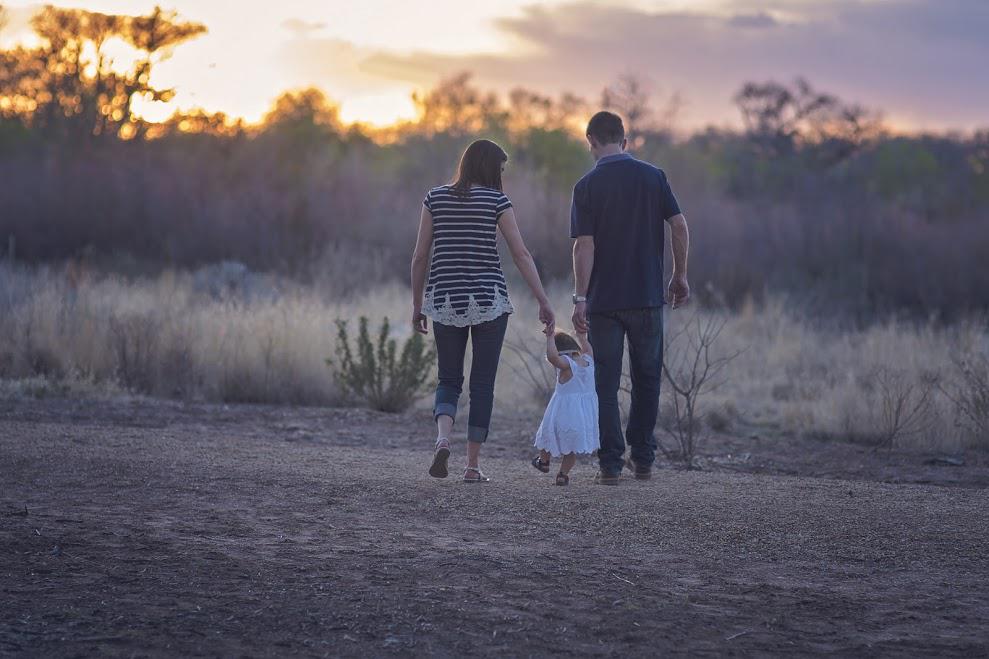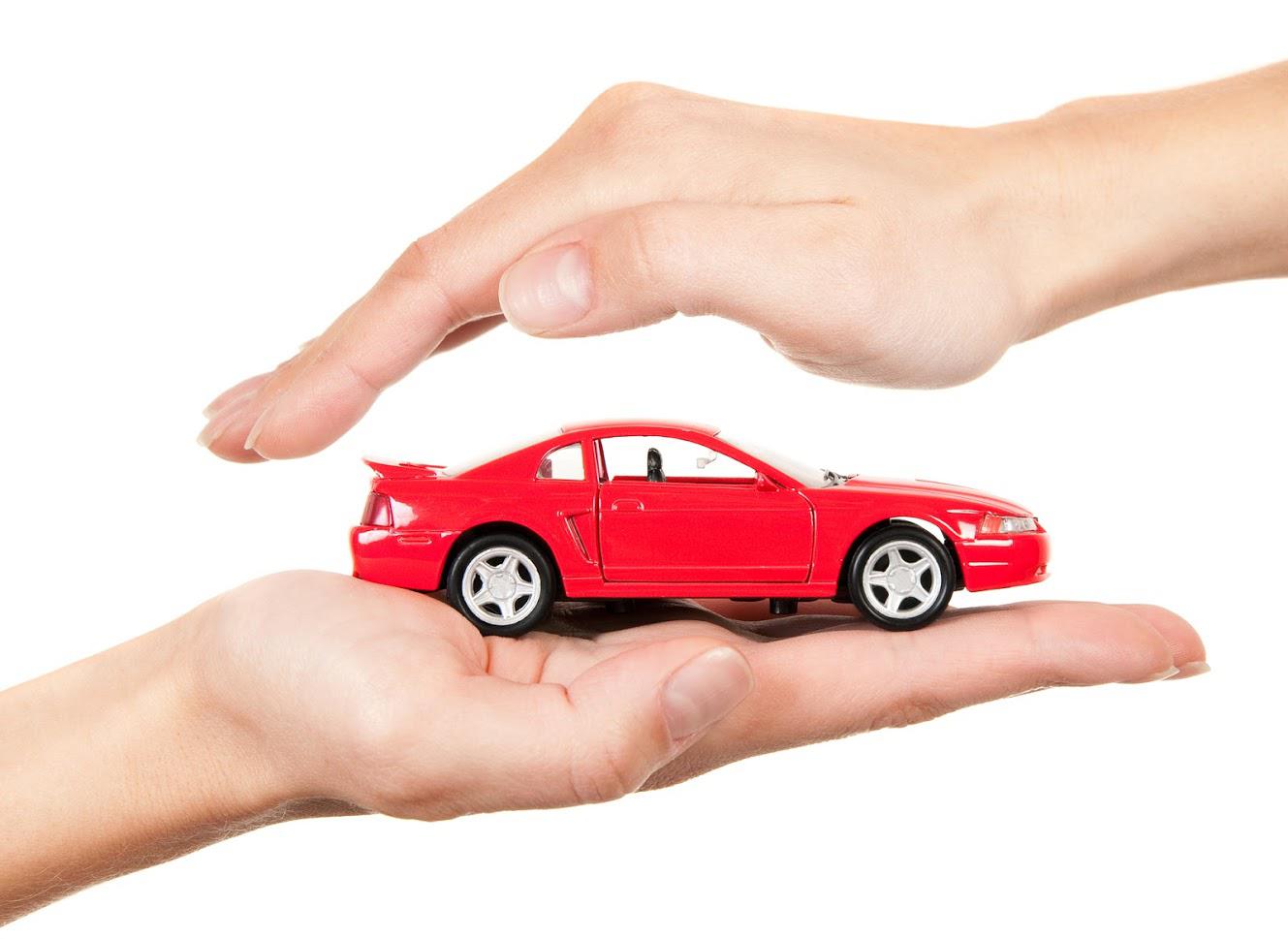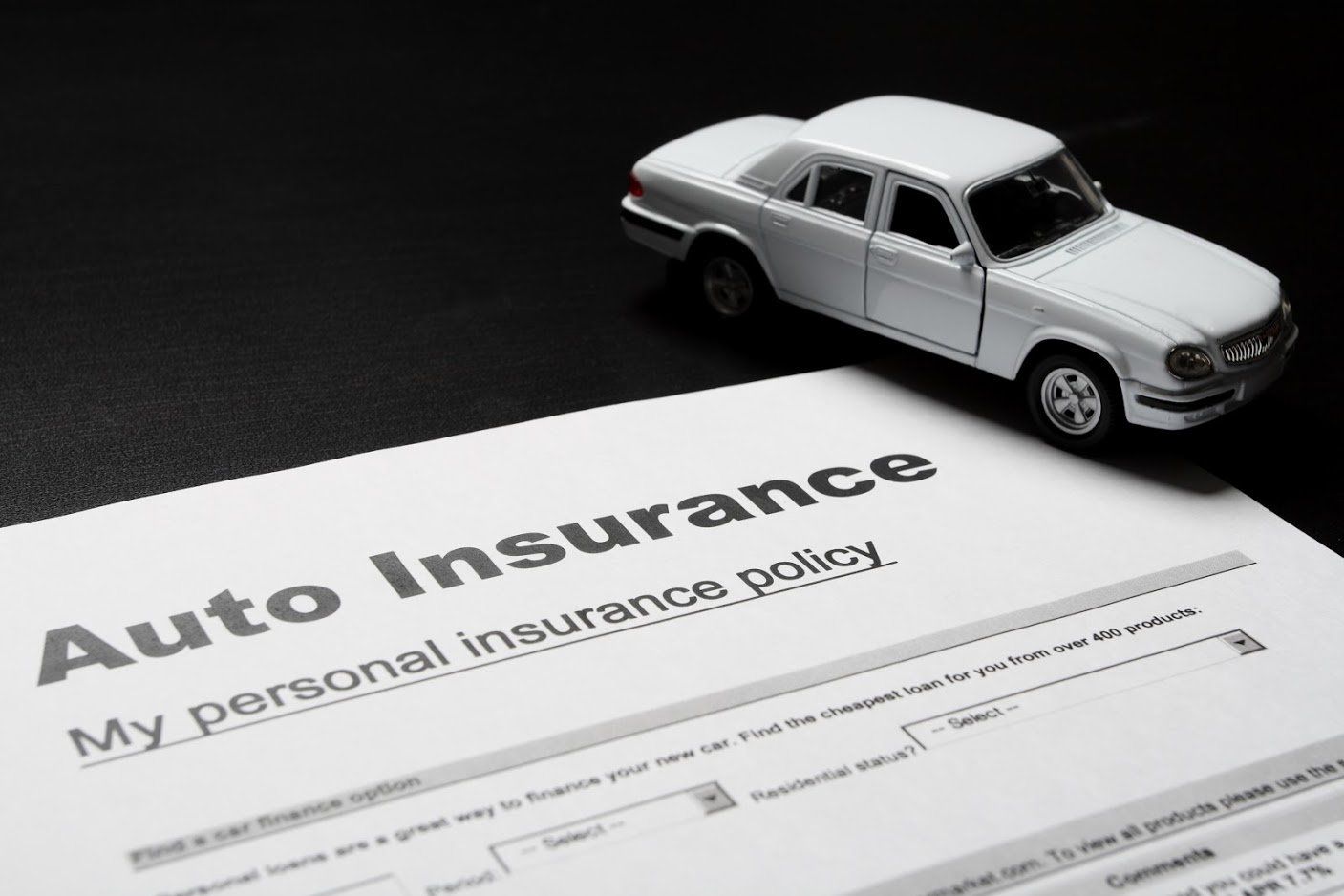a partner of
How to Avoid Road Hazards

Road hazards are often unavoidable — and expensive. But with some simple strategies, you can reduce the risks. Before you get behind the wheel, take a look at how you can prevent damage and protect your car with these tips for avoiding road hazards.
Leave Space
It's not always easy to see what's on the road ahead of you. Fog, rain, sleet, darkness, and other cars can all obstruct your view. Leaving space between you and the vehicle ahead of you reduces road hazard risks, giving you time to brake if needed.
The National Highway Traffic Safety Administration (NHTSA) recommends that you put three to four seconds' worth of distance between yourself and the vehicle in front of you. This not only gives you time to spot potential hazards but also allows braking space if the vehicle in front of you runs into a problem.
Use Headlights
The darkness of night increases the risk of running into a road hazard. If you can't see the problem in front of you, avoiding it is almost impossible. Always use your headlights from dusk through dawn and when it is raining.
Replace burnt-out headlight bulbs immediately and make repairs to these lights as needed. One headlight is not strong enough to adequately reduce the risks of road hazards. Replace headlights in pairs to create an even lighting field.
Along with making sure your headlights work well, routinely clean their exterior. Dirty or muddy headlight covers interfere with the headlight’s effectiveness and can reduce visibility.
Use High Beams
Sometimes headlights aren't enough. When you're in a poorly lit area, high beams can help you to spot potential road hazards. Even though high beams are an important part of reducing road hazard risks, drivers don't always use them when needed.
The Insurance Institute for Highway Safety (IIHS) and the University of Michigan Transportation Research Institute performed a study in which, of the 3,200 vehicles they observed (in poor or nonexistent lighting), only 18 percent used their high beams.
When the researchers surveyed drivers about rural road high beam use, 80 percent did report to using these sharp lights on the roads. But that still leaves 20 percent of drivers who aren't driving safely. Whether you're on a rural road, in the suburbs, or are anywhere else that has dim or no lighting, turn on your high beams until another car approaches.
Don't Make Phone Calls
Distracted driving was responsible for 3,450 auto-related fatalities in 2016, according to NHTSA. This statistic includes distractions from a variety of sources, including cell phone use.
NHTSA notes that nearly 481,000 drivers in the United States use cell phones on the road during daylight hours. Using a cell phone for either calling or texting pulls your attention from the road, making it difficult to spot anything from a pothole to an animal crossing in front of you.
While hands-free calling can reduce some of the risks, talking on the phone is still a distraction. If you have to make a call or answer a text, email, or any other message, pull over to a safe space, turn the car off, and then use your phone.
Review Insurance
While auto insurance won't help you to avoid a road hazard incident, it can make this type of incident easier to manage. Don't assume that your policy covers every type of accident or auto damage. Talk to your agent about what your policy does and doesn't cover. Some types of car damage, such as a blown tire, may fall outside of your coverage.
Do you need a new auto insurance policy? Contact Harr & Associates Insurance, Inc. , for more information.















